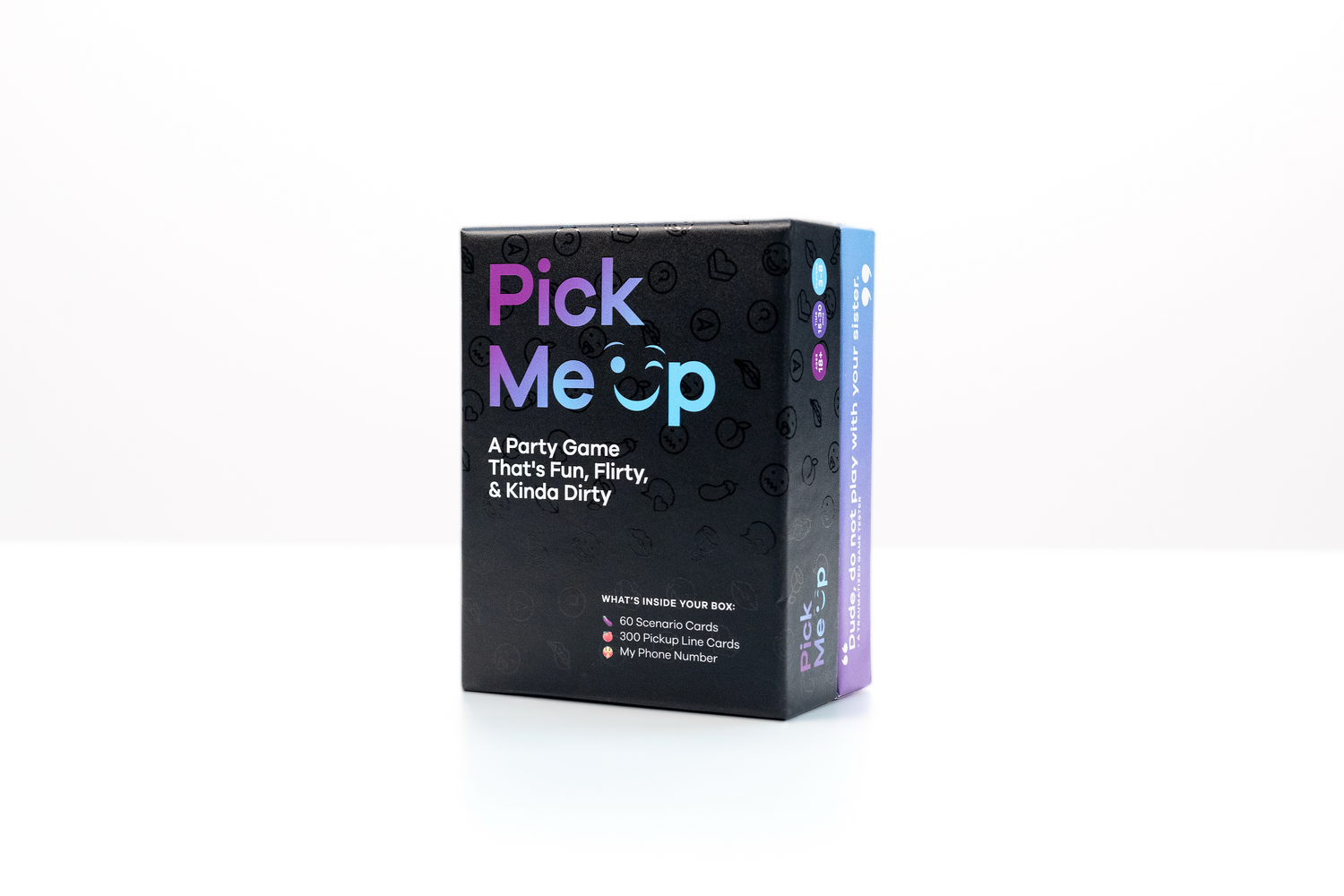Creating a murder mystery party game can be an incredibly fun and creative way to entertain your guests. Whether it's for a birthday, a themed party, or a casual get-together, writing your own murder mystery game ensures a unique experience tailored to your group. This guide will walk you through the steps to craft an engaging, memorable, and thrilling murder mystery party game.
Step 1: Choose a Theme and Setting
1.1 Select a Theme
A strong theme adds flavor to the mystery. Consider settings like a 1920s speakeasy, a haunted mansion, or a high-society gala. The theme sets the tone and gives your guests ideas for costumes and behavior.
1.2 Define the Location
Is your story happening in a quaint village, a luxury cruise ship, or a science lab? A well-thought-out location can enhance the storytelling and help players immerse themselves in the mystery.
Step 2: Develop the Plot
2.1 Decide on the Victim
Choose the character who will meet their untimely demise. They should be central to the story and have connections with all other characters to create multiple motives.
2.2 Create the Backstory
Why was the victim murdered? Develop a rich backstory to establish relationships, grudges, or secrets that connect the characters.
2.3 Identify the Murderer
Pick the culprit and give them a clear motive. Ensure the solution makes sense and can be deduced through the clues you’ll provide.
Step 3: Create Characters
3.1 Assign Roles
Divide your characters into these categories:
- The Murderer: Their goal is to mislead others and avoid suspicion.
- The Victim: Introduced only through backstory or recordings.
- Suspects: Each should have a motive, secret, and opportunity.
- Witnesses or Red Herrings: Add complexity with characters who provide misleading or partial information.
3.2 Provide Character Details
Give each character a unique personality, secret, and goal. Provide a brief biography, costume suggestions, and potential alliances to make the role-playing engaging.
Step 4: Write the Script
4.1 Divide the Story into Rounds
Organize the game into stages to keep the suspense alive:
- Introduction: Guests meet, learn their characters, and explore relationships.
- Discovery: The murder is revealed, and the investigation begins.
- Interrogation: Players share clues and interact to gather evidence.
- Accusation: Everyone makes their final guesses about the murderer.
- Reveal: The murderer confesses, and the mystery is solved.
4.2 Include Clues and Red Herrings
Write clues that lead to the truth and false leads to throw players off. Clues can include:
- Physical evidence (e.g., a bloody glove, a torn letter).
- Witness testimonies.
- Hidden relationships (e.g., an affair or business rivalry).
4.3 Plan Dialogue or Prompts
Provide lines or conversation starters for each character to steer the narrative while leaving room for improvisation.
Step 5: Prepare Game Materials
5.1 Character Packets
Prepare individual packets for each player containing:
- A character bio and objectives.
- Secrets and alibis.
- A list of other characters they know and their relationships.
5.2 Evidence Cards
Create physical or digital props like maps, notes, or objects. These help immerse players in the game.
5.3 Game Instructions
Provide clear guidelines on how the game is played, how clues will be distributed, and how to win.
Step 6: Host the Game
6.1 Send Invitations
Once everything is ready, send themed invitations to your guests. Include character assignments, costume suggestions, and a summary of the theme to set the mood.
6.2 Decorate Your Venue
Match the decorations to the theme. For example:
- For a 1920s theme: Add vintage furniture and jazz music.
- For a haunted mansion: Use dim lighting, cobwebs, and eerie sounds.
6.3 Act as the Moderator
As the host, guide the game by:
- Distributing clues.
- Keeping the story moving.
- Helping shy players get involved without revealing too much.
Step 7: Wrap It Up
7.1 The Big Reveal
Once everyone has made their guesses, reveal the murderer in a dramatic fashion. Allow them to explain their motive and how they committed the crime.
7.2 Celebrate
Reward players for their detective work with small prizes like "Best Detective," "Best Costume," or "Most Suspicious."
Tips for Success
- Balance Complexity: Make the mystery challenging but solvable within the game’s timeframe.
- Encourage Role-Playing: The more players embrace their characters, the more fun the game becomes.
- Adapt on the Fly: Be ready to adjust the storyline if players go off track.
FAQs
1. How long does it take to write a murder mystery party game?
It can take several days to weeks, depending on the complexity of the plot, number of characters, and detail in the materials.
2. How many players are ideal for a murder mystery game?
8-12 players is a great number to keep everyone involved without it becoming too chaotic.
3. Do I need to write a script for every character?
Not necessarily. Provide structured prompts and let players improvise within the game’s framework.
4. Can a murder mystery game be played virtually?
Yes! Adapt the game for platforms like Zoom by sharing materials digitally and using breakout rooms for private discussions.
5. What if a guest can’t attend?
Have a backup plan to reassign the role or turn the character into a non-essential NPC (non-player character).


